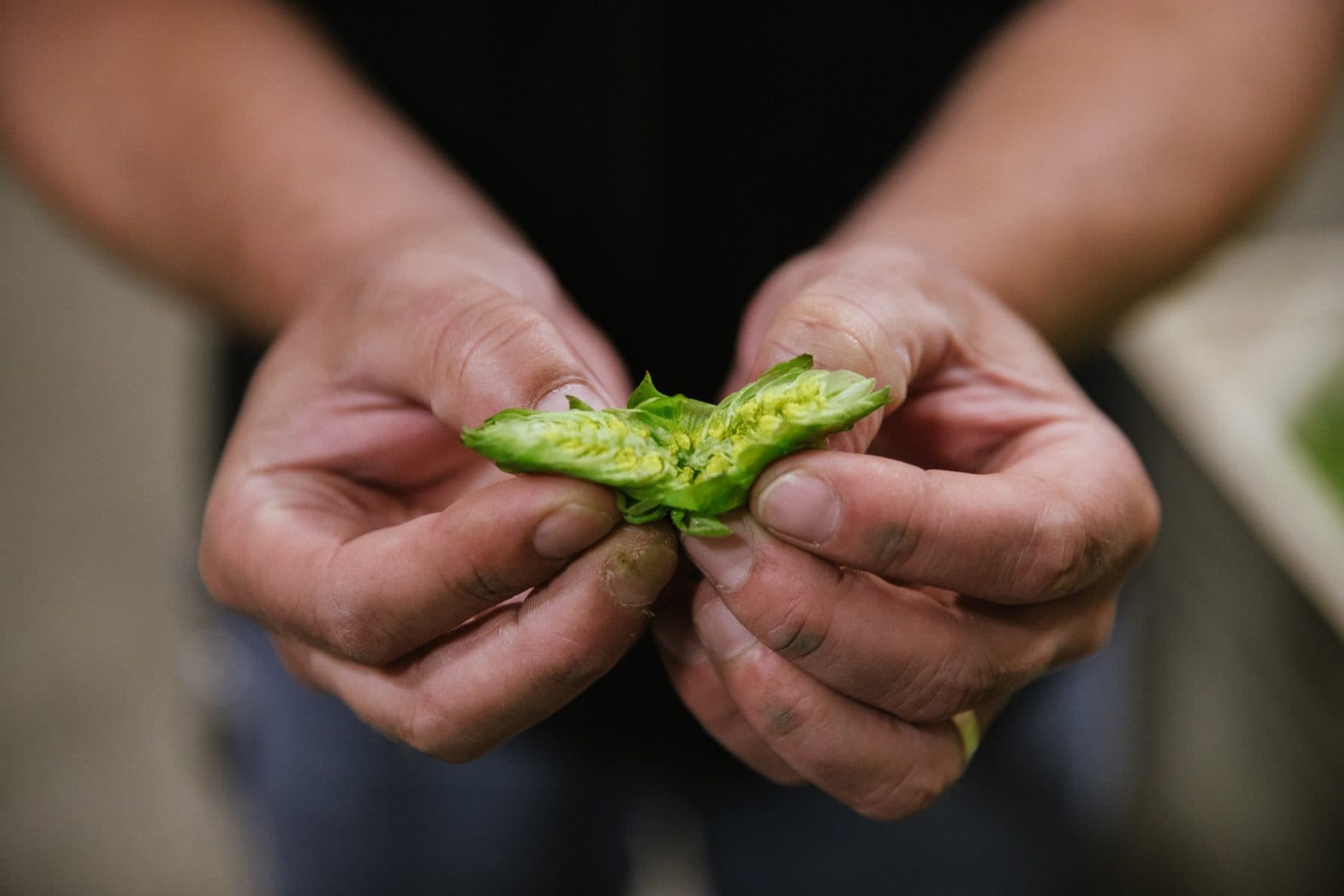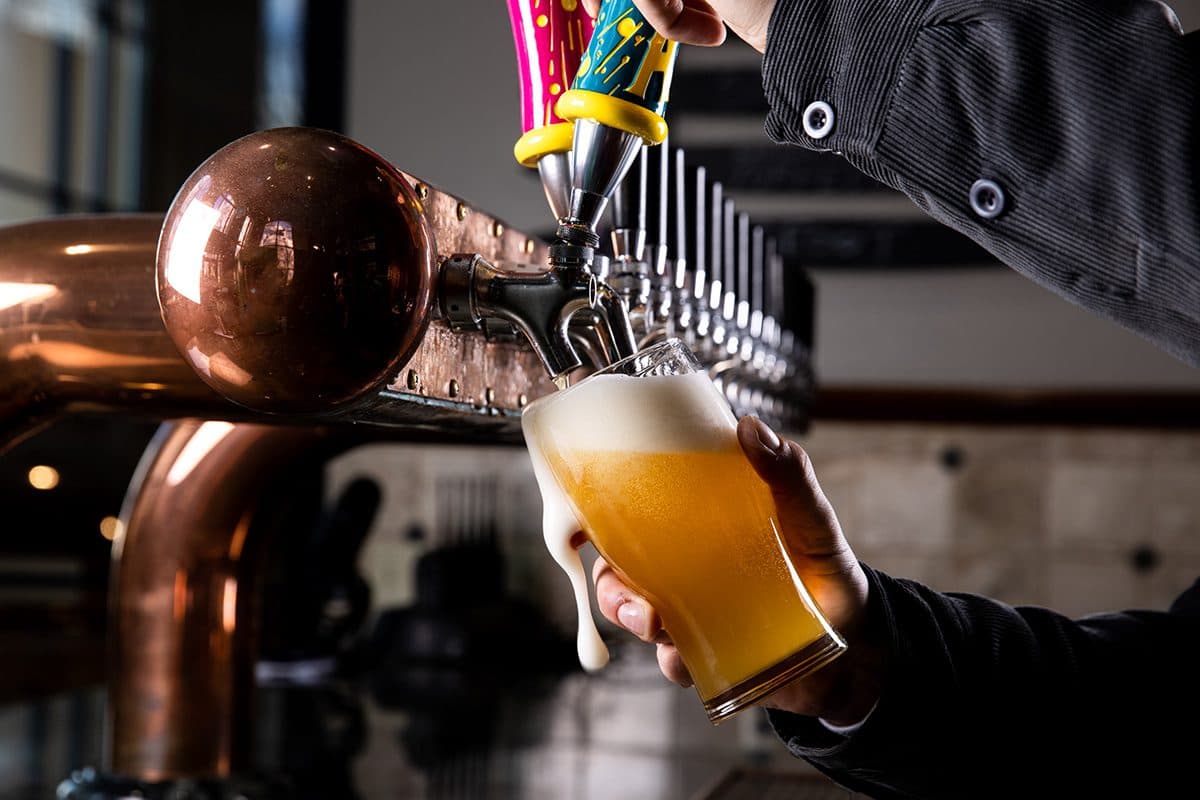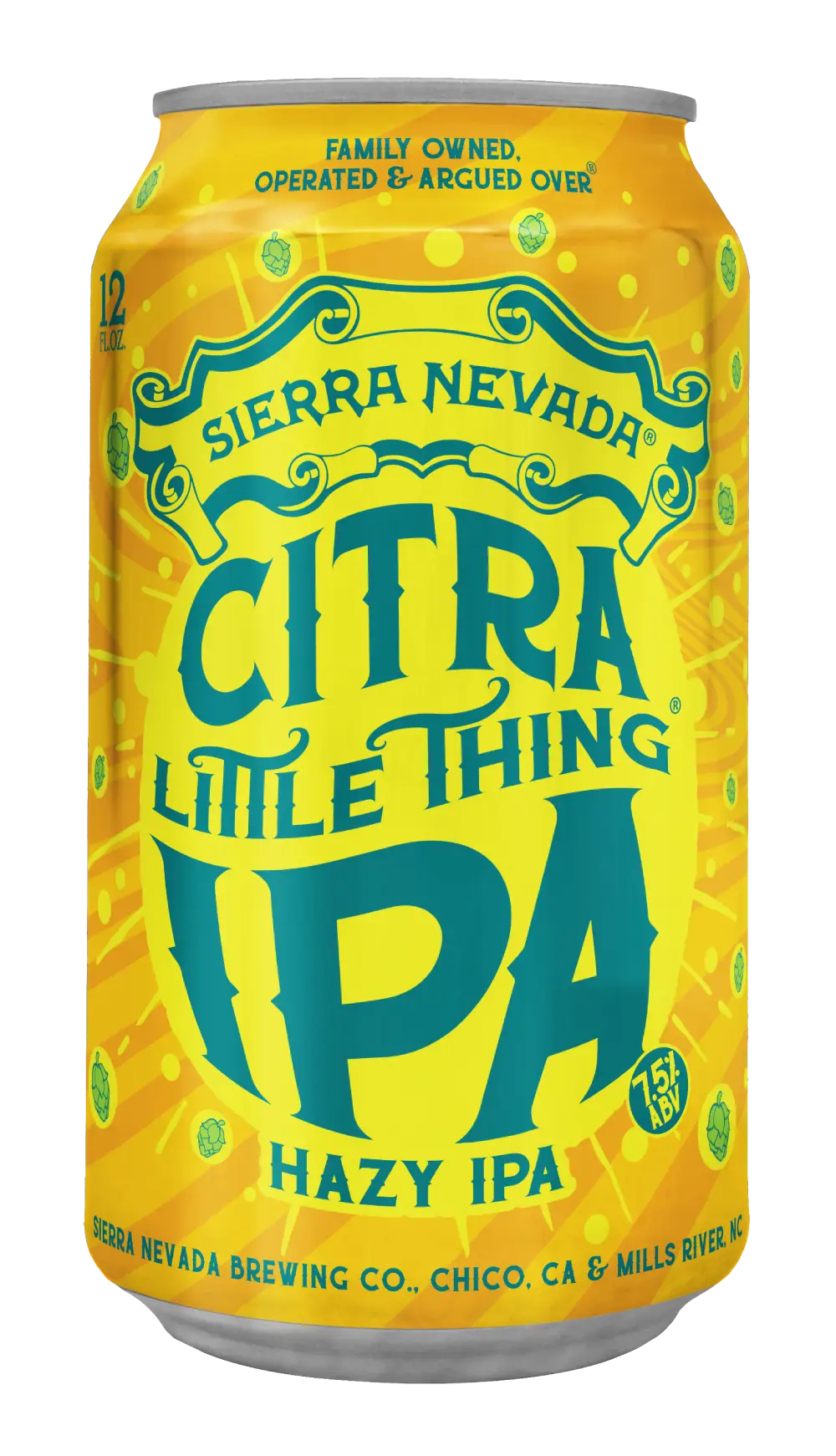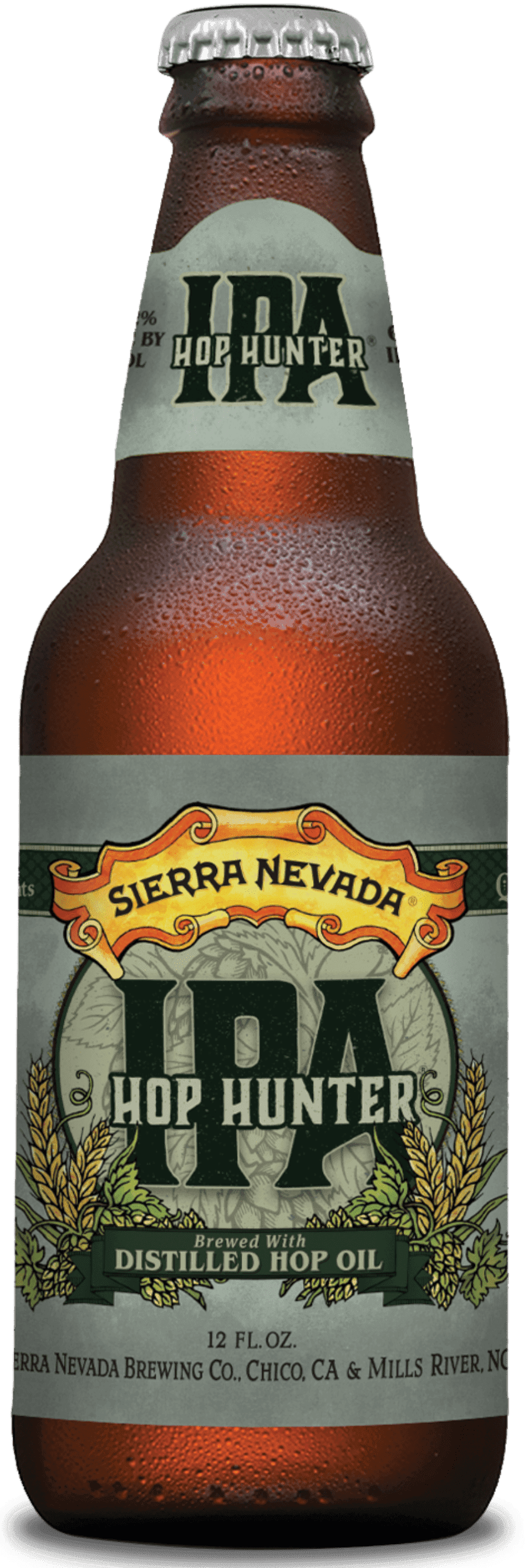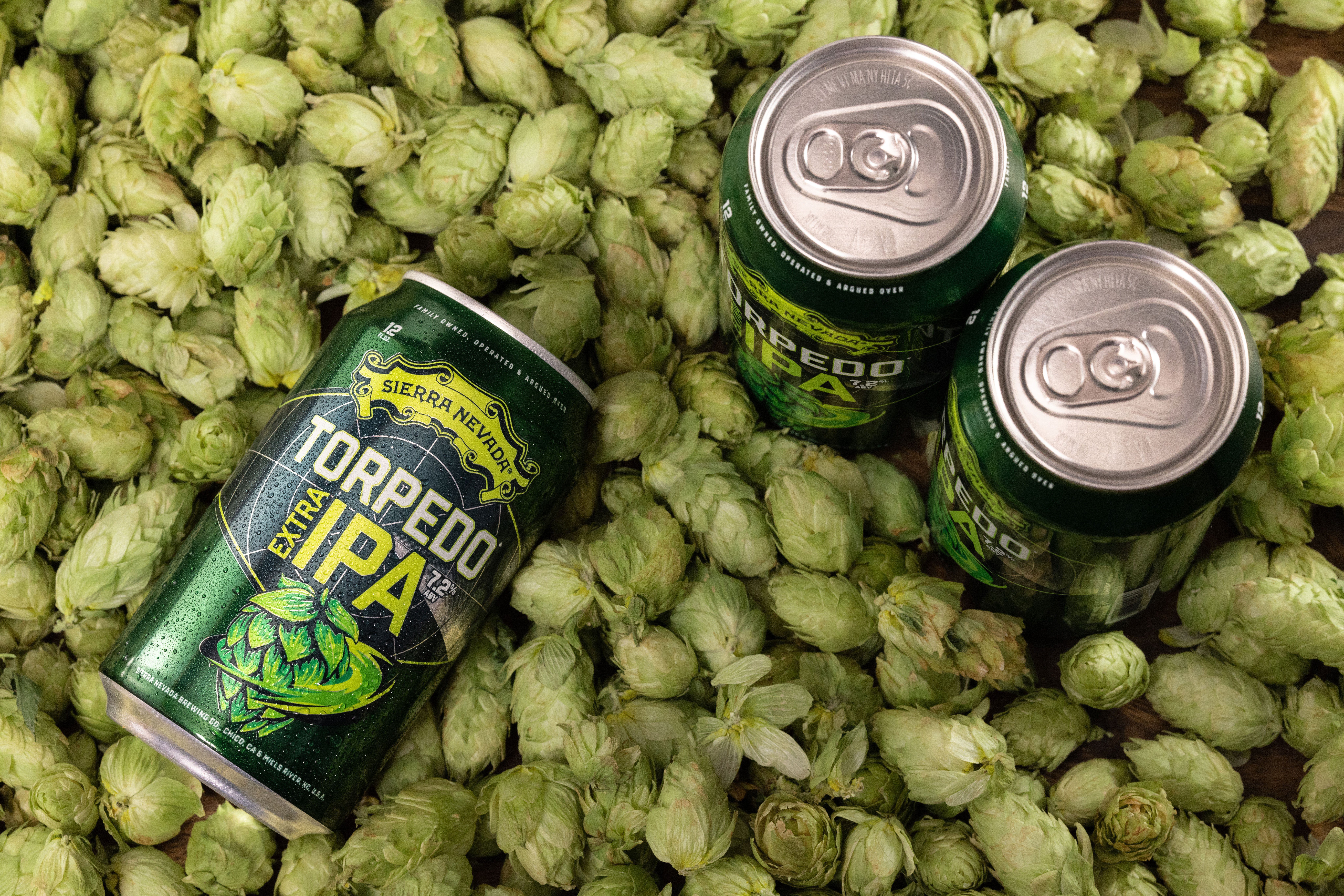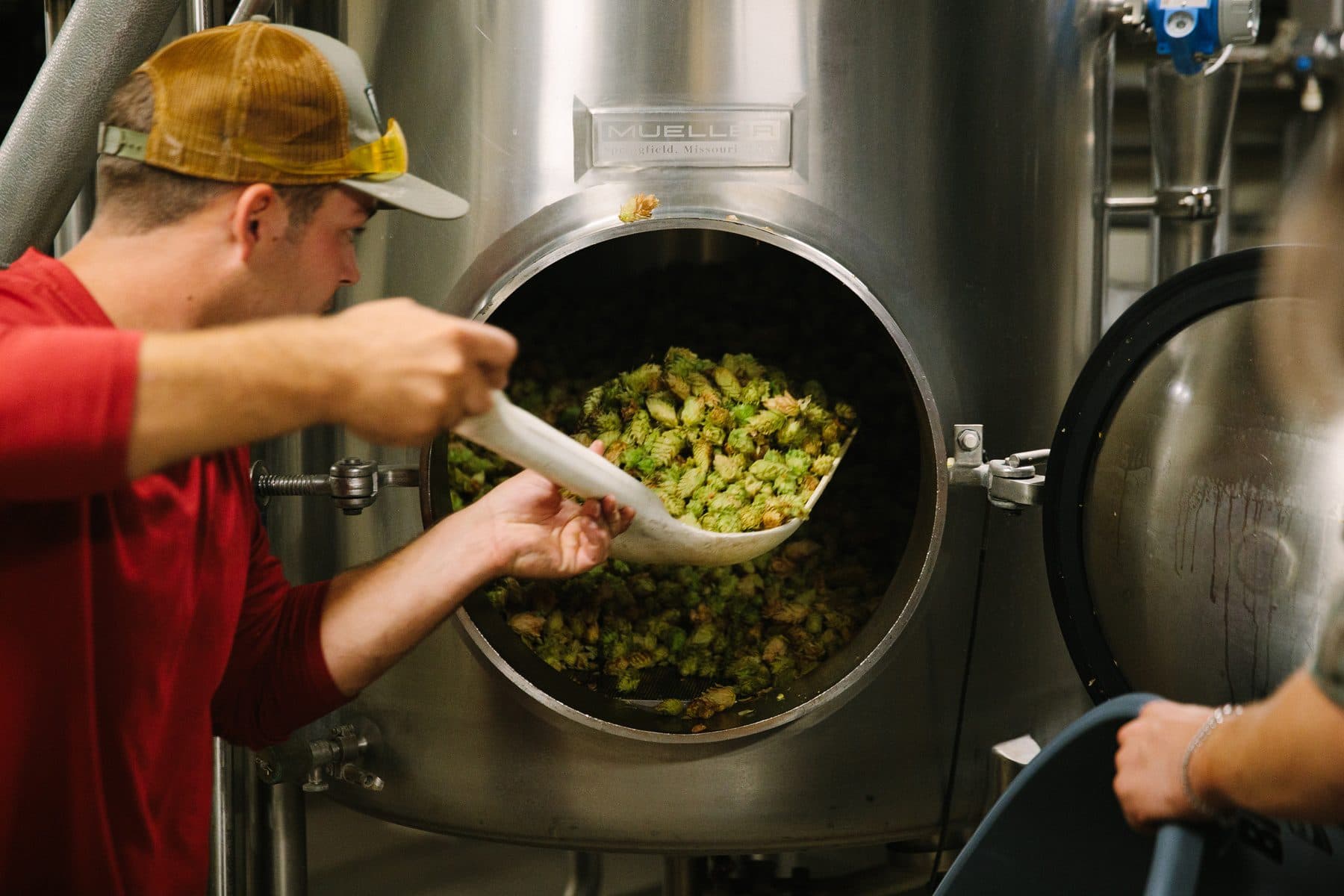What is IPA Beer?
India Pale Ale, or IPA, is a beer style that flaunts hop flavor above all else—from bitter and piney to smooth and juicy—with a bolder alcohol content (ABV) than a pale ale. (Substyles like “session IPA” create exceptions, but we’re not here to split hairs.) We introduced a generation to the glory of hops with our Pale Ale, but we kept pushing the limits and today, Sierra Nevada IPAs represent a constant hop exploration, and the lineup includes double IPAs, imperial IPAs, and more.
THE QUICK HISTORY OF INDIA PALE ALE
During the 18th century, a best practice emerged among British brewers who exported beer: extra hopping could help maintain flavor and freshness on long ocean journeys. Hops, it turned out, contain compounds that prevent spoilage. Shipments increased, taste for hops grew, and essentially what emerged among the various beer styles was a pale ale made for the East. In time the moniker “India Pale Ale” surfaced and stuck.
IPA has evolved a lot since then, and it’s worth noting that English-style IPA differs from its American counterpart. Stateside we’ve come to emphasize hop intensity, whereas English brewers historically weave in more pronounced malt character and use subtlety with hop aroma and flavor.
Today, IPA has a fairly broad interpretation. But at its core, IPA shines the spotlight on unique aromas and flavors only hops can accomplish.
KEY CHARACTERISTICS OF IPA
IPAs are hop-forward beers through and through, showcasing bold aromas that range from citrus and pine to tropical fruit and flowers. Bitterness is part of the charm, though brewers balance it with just enough malt sweetness to keep things drinkable. Most IPAs land in the 5.5%–7.5% ABV range, giving them a little extra punch. Golden to amber in color, crisp on the finish, and brimming with hop personality, IPAs are unmistakable in a crowded lineup.
What does an IPA taste like?
Cruise the beer aisle and you’ll see IPAs declaring juicy, tropical, dank and more — all driven by hops. IPAs can have floral and resinous notes like Pale Ale, but creative dry-hopping has helped infuse IPAs with everything from mango and guava character to hints of fresh-cut cedar. Malt should support the hops, but its flavors may not stand out; rather, the malt creates color, builds body, and keeps hop bitterness in check — although expect more bitterness in IPA vs. Pale Ale.

